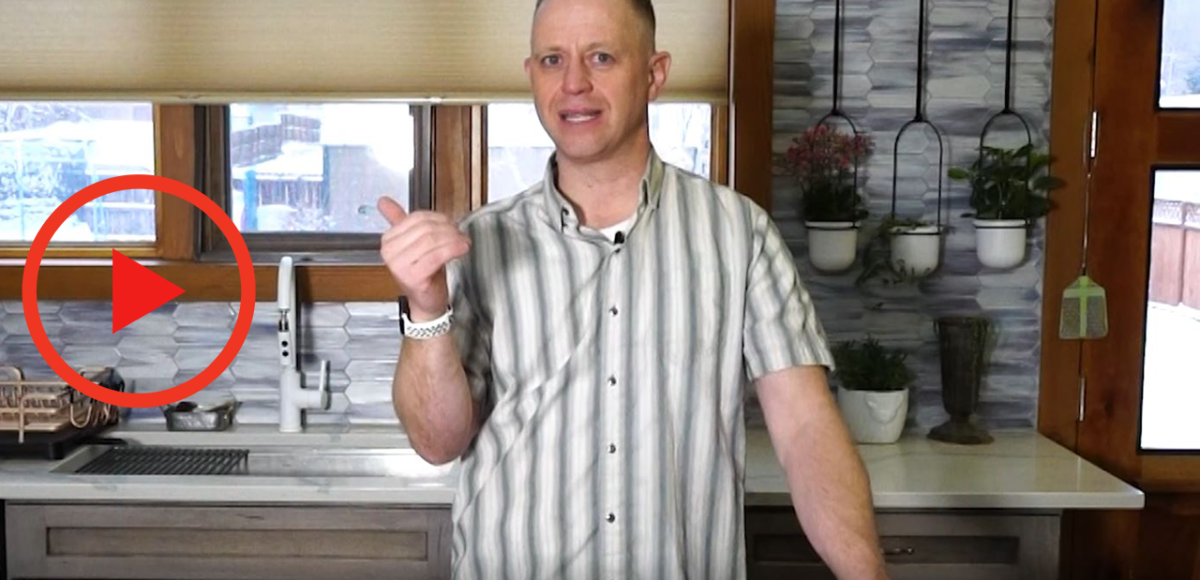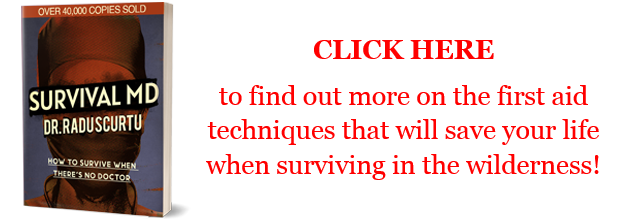Punctures, abrasions, and other injuries happen easily enough when in the wilderness. However, these common injuries can quickly become major issues and possibly even life-threatening during a survival situation.
In this video, Tyler covers in-depth information and treatment tips for the types of injuries that are most common in a disaster or crisis environment, according to Survival MD: What to Do When There’s No Doctor. These include lacerations, abrasions, puncture wounds, fractures, and burns.
Sometimes injuries can be avoided with proper protective equipment, but accidents happen. When they do, it’s best to have the right equipment and, better yet, the proper knowledge to keep the situation from getting worse.
Tyler discusses the importance of understanding the “mechanism of injury” and how that information can help you diagnose the injury quickly. He then offers suggestions for first aid and medical equipment that can help you properly address the type of injuries you’re most likely to encounter in a crisis environment.
With proper training and some simple equipment, you can be ready to address these five common crisis-related injuries. However, it’s important to remember that regardless of how much supplies you have or how good your bug-out plan might be, it’s all too easy to be taken out by an infection from an improperly treated wound or injury.
Some of Tyler’s diagnoses and treatment suggestions are quite unique. This information could literally be life-saving, from burn treatment products to a way to check for fractured bones without an x-ray. Whatever you do, don’t miss this video.
This video gives you just a small sample of the unique knowledge included in Survival MD: What to Do When There’s No Doctor. This book goes to a much deeper level than basic first aid manuals, with a specific focus on survival situations.
Check out our other videos from this series on our YouTube Channel.
Disclaimer: The content of this book is for informational purposes only and is not intended to diagnose, treat, cure, or prevent any condition or disease. You understand that this book is not intended as a substitute for consultation with a licensed practitioner. Please consult with your own physician or healthcare specialist regarding the suggestions and recommendations made in this book. The use of this book implies your acceptance of this disclaimer. The publisher and the author make no guarantees concerning the level of success you may experience by following the advice and strategies contained in this book, and you accept the risk that results will differ for each individual.









Ronald H Levine | March 31, 2024
|
Bacterial pathogenic intrusions start the first second of an injury to our skin as a barrier, so actions the seconds after are critical to wound infection prevention. Precious life saving time would be lost in preparing sterile solutions then and the location and circumstances and supplies on hand might not even.be conducive to doing that, meaning more time lost in transportation and even dealing with other immediate issues, perhaps related, so preparedness in advance is lifesaving.
I prepare sterile solutions with the exact osmotic balance of blood which is 0.9% high purity salt in distilled water and pressure canned in quart canning jars to maintain sterility. I keep new industrial quality versions of the common hand garden and household spray bottle. The the nozzle can be adjusted to a needle like powerful stream that can sting. This presurized sterile solution can be used to dislodge wound contamination and wash it out. That is significant to prevent infection from getting a powerful start and might even be all the body needs for its own immune defenses to prevail particularly if done well and promptly.
For both, your preparedness is necessary as simply the knowledge alone is insufficient.